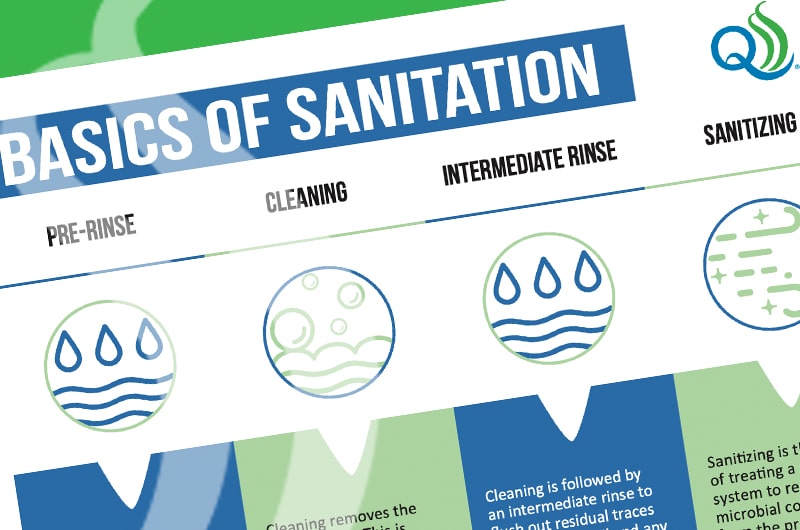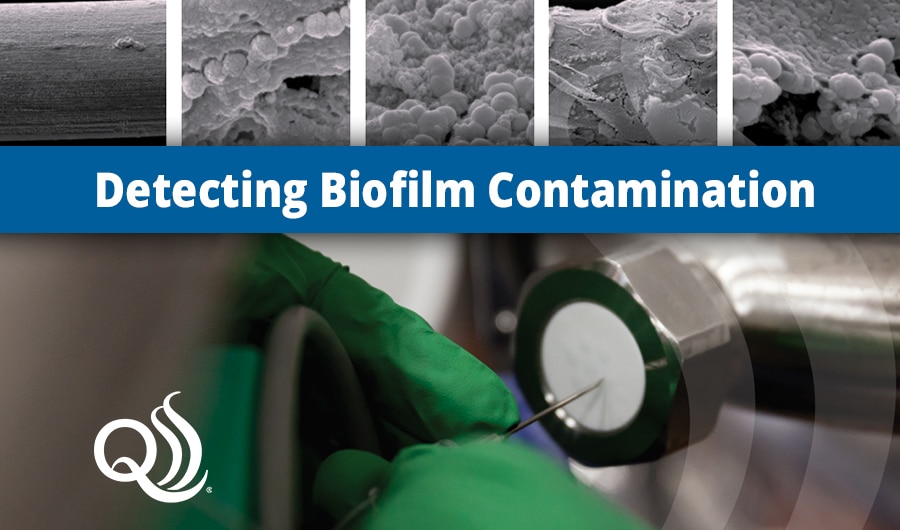Blog Posts About Liquid Sampling Written by Our Subject Matter Experts (SMEs)
Sterile or Aseptic? Understanding the Difference
Ensuring the quality and safety of dairy and food products is the number one priority of processors, explaining why questions surrounding sterile or aseptic frequently enter into the conversation, especially when discussing equipment cleanliness and sampling or testing techniques. While the words sterile and aseptic are often used interchangeably, they are not, in fact, interchangeable….
Economics of Quality Assurance in Dairy Processing
A cost-benefit analysis of a well-conceived and carefully sustained quality assurance program for dairy processing is hard to pin down. Every month, the costs associated with maintaining quality assurance jump off the profit and loss statement, but the benefits are much harder to decipher. Still, when evaluating the economics of quality assurance over the long…
Importance of Hazard Analysis to Ensure Food Safety with Emerging Food Trends
The food market has transformed significantly in recent years, from the year-round availability of fresh produce to emerging niche products like cell-grown meats to online food ordering and delivery services. Consumers have not only created a demand for alternative food options but have been able to directly engage with food manufacturers, which makes the importance…
Preventing Post-Process Contamination: Don’t Lose Sight of the Basics
With the World Health Organization estimating that one in ten people get sick and more than 400,000 die from foodborne illnesses each year, a public health focus aimed at decreasing this incidence is needed. The primary goal of the management of risks associated with food is to protect public health by controlling them as effectively…
Hygienic Sampling Practices Are Vital to Protecting Dairy Product Quality and Safety
Milk collected from the udders of healthy cows is almost sterile but microbial contaminants are introduced during milking, storage, processing, and distribution. Cleaning and sanitation failures allow contaminating organisms to accumulate in dairy processing equipment, potentially leading to the development of biofilms that can become a significant and persistent source of contamination. On the farm and…
Effective Micro Program: Understanding the Microbiological Tests (Part 4)
Throughout this series on dairy microbiological testing, we have discussed the types of micro tests that can be used to enumerate the classifications of bacteria we are concerned with in fluid milk processing. The first two articles discussed Gram-negative bacteria in raw milk and the effects of Gram-positive heat resistant thermoduric/psychrotrophic spore formers (HRSF) on…









